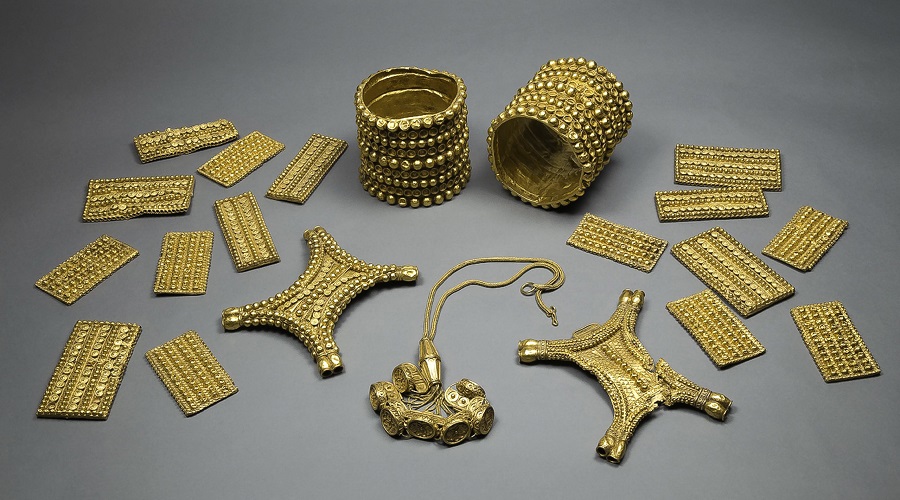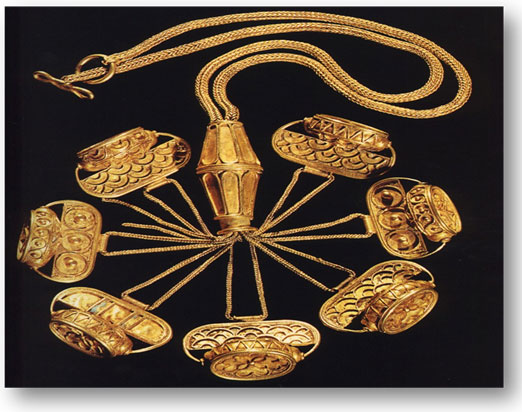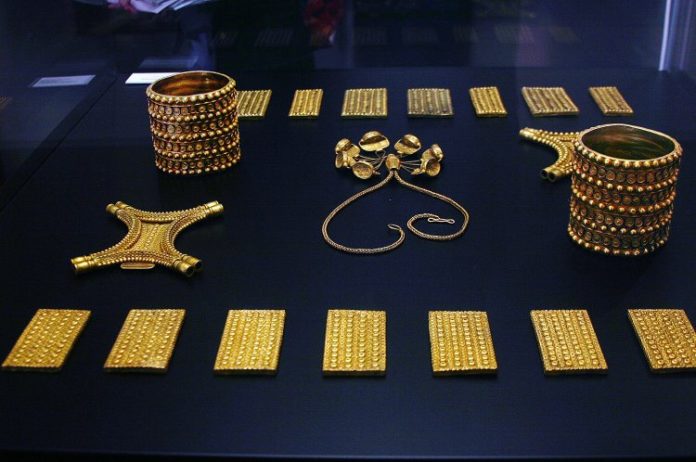In a quest for a more definitive understanding, a team led by Professor Francisco Nocete, a distinguished prehistory expert at the University of Huelva, embarked on a rigorous investigation employing laboratory tests. Although the results did not provide a straightforward answer, the researchers unearthed a substantial lead.

The team’s recent findings, detailed and published in the esteemed Journal of Archaeological Science, offer profound insights into the origin of 21 meticulously crafted gold pieces. Contrary to initial assumptions, the gold utilized in these artifacts did not originate from external sources but was meticulously extracted from mines linked to ancient tombs near Valenciana de la Concepción, in close proximity to Seville.

An intriguing revelation surfaced as the researchers delved deeper into their analysis. The intricate bracelets, necklaces, and chest decorations showcased the application of Phoenician techniques, suggesting a cultural fusion between Near Eastern Phoenicians and local Tartessians. The presence of a nearby Phoenician temple, likely associated with the discovery of the treasure in 1958, led the researchers to a Solomon-like conclusion regarding the artifacts’ origin.

The study, however, yielded a second and unexpected conclusion. In summary, the researchers posit that concerning the Carambolo Treasure, we find ourselves not at its inception but rather at the culmination of a gold processing tradition originating in the Lower Guadalquivir Basin during the 3rd Millennium BC. Over time, ornamental techniques such as filigree or soldering were incorporated, marking a significant evolution in craftsmanship around the turn of the 1st Millennium BC, as eloquently articulated in the research paper.

This comprehensive exploration contributes a nuanced perspective to the historical and cultural significance of the Carambolo Treasure, enriching our understanding of the intricate processes that shaped these artifacts over millennia.
